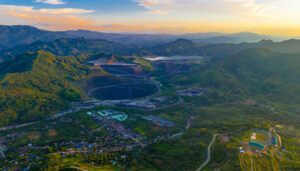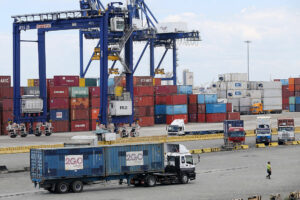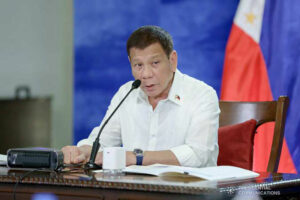PHL road to digitalization to be costly, ADB says

PHILIPPINE EFFORTS to digitalize its economy will be expensive, but it must keep pace with its neighbors to further its inclusion and sustainability agenda, the Asian Development Bank (ADB) said.
“For the Philippines, due to geographical features, deploying stable and universal connections, especially in hard-to-connect remote areas, could be expensive,” ADB Principal Economist Shu Tian said in an e-mail.
“In some places this might be commercially less attractive to the private sector. This calls for initiatives to promote quality and coverage of connectivity.”
In the ADB’s Asian Development Policy Report on digital transformation, the Philippines was classified as a low-digitalization country alongside Bangladesh, Cambodia, Laos, Mongolia, Nepal, and Sri Lanka.
High-digitalization, high-inclusion countries pursuing sustainable policies were South Korea and Singapore, while high-digitalization but low-inclusion and sustainability countries included Indonesia, India, Thailand, and Vietnam.
“When factoring in income levels and rising data requirements, mobile data costs in the Kyrgyz Republic, Mongolia, the Philippines, and Sri Lanka were unaffordable for the three to four poorest income deciles,” according to the report.
“Moreover, digital literacy remains low across the region, even in upper middle-income economies,” it added.
The Philippines slumped to 61st out of 67 economies in the World Digital Competitiveness Ranking compiled by the International Institute for Management Development.
The ADB said low-digitalization countries must “accelerate digital transformation to boost growth and income levels, which will, in turn, improve inclusion and sustainability.”
“The Philippines has an opportunity to continue to improve connectivity in terms of coverage and quality, enhance digital skills, and address digital divides for inclusive development in the digital era,” Ms. Tian said.
The bank noted that the Philippines is among a category of economies with low emissions while being vulnerable to extreme weather events and disasters.
“Governments can use incentives and regulations to promote low-carbon business practices, such as infrastructure-sharing, to reduce emissions associated with duplicating digital infrastructure,” it said.
“Some regional economies, such as Bangladesh and the Philippines, have introduced policies to enable digital infrastructure sharing.”
It cited the Philippines’ Common Tower Policy, which promotes shared telecommunication infrastructure to save on costs.
The report also noted remote sensing as a key technology being employed in the Philippines.
“Remote sensing combined with social economic information can be useful to enhance disaster risk management; and remote sensing and big data analytics can provide advisory and predictive analytics to help improve adaptation to extreme weather,” Ms. Tian said.
“There are different types of green technologies, but the adoption and choice of technologies depend on actual needs,” she added.
Data from remote sensing is used to assess the impact of tropical cyclones on fishing activity in the Philippines.
“By combining this real-time information with socioeconomic data, digital-based analysis can assess how changes in translation, wind speed, and distance from the typhoon track disrupt fishing activities in various grounds,” the ADB said.
“Such analysis can enhance resilience and mitigate disruptions caused by natural hazards.”
The ADB also flagged the impact of emerging technologies such as artificial intelligence on jobs.
“In Indonesia, Malaysia, the Philippines, Thailand, and Vietnam, enhanced productivity from automation has created jobs for skilled workers engaged in nonroutine manual and cognitive tasks, while formal workers employed in routine manual work have simultaneously been displaced.”
“Although a stable, balanced path between the two effects is possible, inequality may increase if the displacement effect outpaces the reinstatement effect. Therefore, interventions are needed to build new skills to accelerate the reinstatement effects.” — Luisa Maria Jacinta C. Jocson




